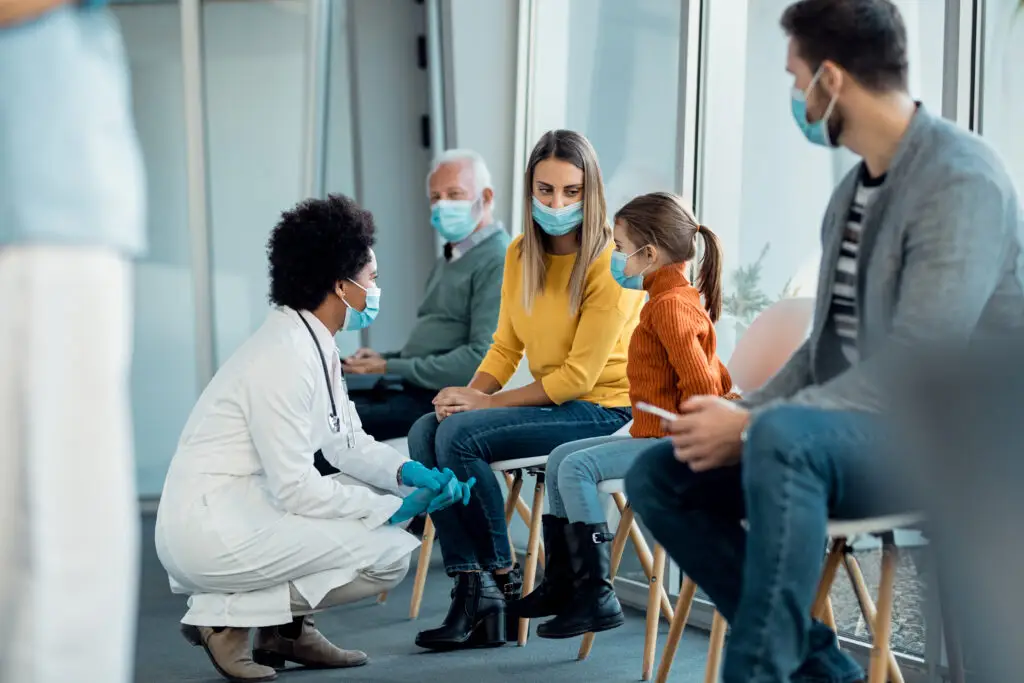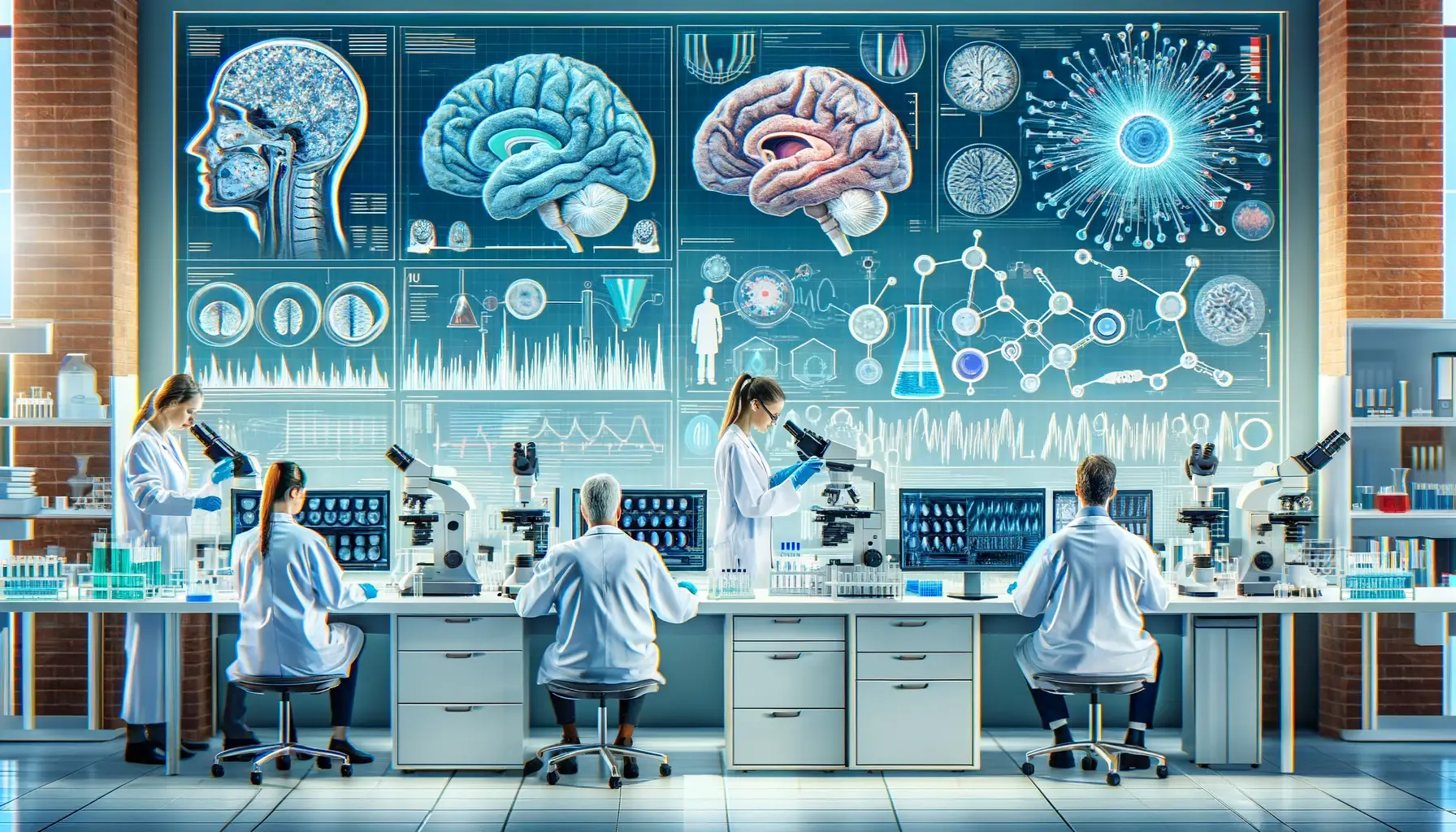INTRODUCTION
In December 2019, a new disease, named as COVID-19 (abbreviation of Coronavirus Disease 2019) emerged from Wuhan, China. It has been recognized as a pandemic by WHO, affecting almost all the countries of the world. The first case of the disease was reported in India from Kerala on 30 January 2020.
VIRUS
The virus responsible for Covid-19 is named as SARS-CoV-2 (Severe Acute Respiratory Syndrome Corona Virus-2). Corona virus is an RNA virus. It is named so because of its appearance in electron microscope with characteristic “crown-like” spikes on their surfaces. It is transferred from animal to man. The natural reservoir is bat, while snakes may be the intermediate host. When virus enters the human cell, the virus starts to produce the new RNA and proteins, assemble into new virus particles, and comes out of the host cell. The host cell thus dies.
TRANSMISSION
Most of the time, the disease spreads when a sick person coughs or sneezes. Some people having the virus may not have symptoms, but they can still spread the virus. Transmission of the virus can occur from touching a surface or object the virus is on, then touching the mouth or nose. Virus can live for several hours on a surface. Incubation period (time between virus entry and clinical manifestation) is approximately 5–14 days.
CLINICAL MANIFESTATIONS
It should be emphasised that 60% of persons infected with the virus may remain without any clinical symptoms. The rest 40% may have some minor symptoms like sore throat, loss of smell, running nose etc. Only about 10% will have severe symptoms which include high fever, cough, myalgia, fatigue, nausea and diarrhoea. In a few number of persons the disease may progress to shortness of breath and later to acute respiratory distress syndrome (ARDS) which may need mechanical ventilation. The mortality rate of hospitalized patients is 2%. In the severe condition, there is over-reaction of immunity (cytokine storm) which leads to eventual death. Such patients have substantially lower lymphocyte counts and higher plasma concentrations of inflammatory cytokines such as IL-6, IL-10 and tumor necrosis factor (TNF).
TREATMENT

Currently, there is no validated treatment for COVID-19. The main strategies are symptomatic and supportive care, maintaining oxygen saturation and treating complications, such as secondary infections or organs failure. The following drugs are being used experimentally.
- Convalescent plasma (from recovered COVID-19 patients)
- Antiviral drugs: lopinavir, ritonavir and ribavirin
- Hydroxychloroquine, which interferes with virus entry into cells. Therefore it is used as a preventive drug.
- Vaccine: There is currently no vaccine available. More than 100 vaccine candidates are in various stages of development and testing. Some of the vaccines are supposed to be available by September 2020.
PREVENTION
The most important personal protective measures are 1) Wash hands often with soap and water or clean them with an alcohol-based sanitizer. 2) Practice social distancing. 3) Use masks to cover nose and mouth in public. Disinfectants effective against coronavirus include steam, sodium hypochlorite (0.1%–0.5%), 70% ethyl alcohol, 50% isopropanol, 1% iodine, hydrogen peroxide (0.5%–7.0%), or 1:10 dilution of 5.25% household bleach for 10 minutes.
The most likely persons who are going for serious illness are people over 65, which other complications such as heart disease, high blood pressure, lung disease, kidney disease, diabetes, liver disease and cancer. Therefore such persons should have “reverse quarantine”.
LABORATORY DIAGNOSIS
Diagnostic laboratory tests to detect Covid infection are
1. Molecular Testing
a) RTPCR
b) LAMP
2. Serological testing for antibody, IgG and IgM
RTPCR
It is the abbreviation of Reverse Transcriptase Polymerase Chain Reaction. For the RTPCR test the specimen taken are nasopharyngeal swab, sputum, or lower respiratory tract aspirates. The swab should be placed in the transport medium and kept at 2-8 C. In RTPCR, the RNA of the virus is first made into DNA (reverse transcription), which then is amplified millions of times. This is then compared to the genetic sequence of the virus. The PCR test can confirm a diagnosis of Covid.
Most RTPCR tests can take 6-8 hours, are very labour intensive, with several stages at which errors may occur between sampling and analysis. False negatives can occur, meaning a patient with the disease may be falsely identified as a person without the virus.
LAMP TEST

This is a recently introduced test. The Reverse Transcription Loop-mediated Isothermal Amplification (RTLAMP) carries the reaction at a constant temperature. In the PCR technology described above, the reaction is carried out with a series of alternating temperature steps or cycles. Whereas in LAMP, the amplification is carried out at a constant temperature, and does not require big instruments. The actual test takes only 10 minutes and the total test time shortened to about 1 hour. It is more economical also. But its availability is limited.
SEROLOGICAL TESTS
These tests can identify persons who were infected and have recovered. It will take one or two weeks for the antibodies to develop. By this time, the virus should have been cleared from the body. The presence of IgM antibodies indicate recent exposure to virus, while the presence of IgG antibodies indicate later-stage infection. Kits are available to detect both IgM and IgG antibodies against the virus present in human serum, plasma, or whole blood samples. Test will need only 10-15 minutes.
OTHER BIOCHEMICAL TETS
Biochemical monitoring of COVID-19 patients through in vitro diagnostic testing is critical for assessing disease severity and progression as well as monitoring therapeutic intervention. Routine laboratory data which will carry bad prognosis are lymphopenia, prolonged prothrombin time, elevated D-dimer, increased liver enzymes (alanine aminotransferase, aspartate aminotransferase), raised total bilirubin, high lactate dehydrogenase and increased creatinine. Leukocytosis may occur if complicated with secondary bacterial infection. Estimation of CRP has an important role in the monitoring in COVID 19 Patients. In the COVID-19 infection, the CRP levels were positively correlated with lung lesions and could reflect disease severity. The increase in CRP level parallels to the severity, and the clinician could predict the worsening 1 or 2 days earlier.



